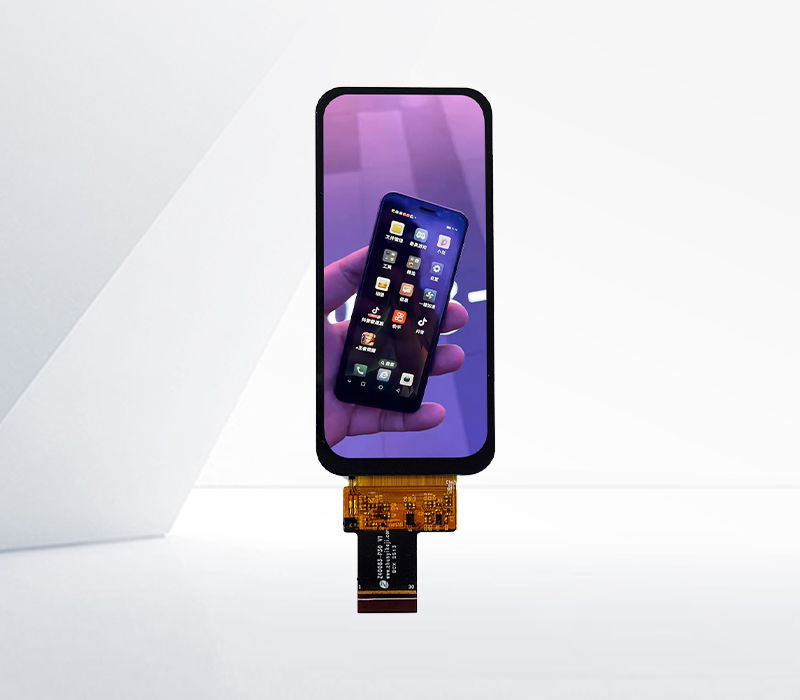




In the era of intelligent transportation, LCD (Liquid Crystal Display) technology has become an integral part of smart parking systems, revolutionizing the way parking management is conducted. Smart parking systems aim to optimize parking space utilization, enhance user convenience, and improve traffic flow, and LCDs play a crucial role in achieving these goals.
1. User - Friendly Interface
LCDs in smart parking systems serve as the primary interface for users. At the entrance of parking lots, large - sized LCD panels display real - time information such as available parking spaces, parking fees, and operating hours. These displays are usually high - resolution and brightly lit, ensuring that the information is clearly visible even in direct sunlight or low - light conditions. For example, a full - color LCD screen at the entrance can use intuitive graphics and text to guide drivers to available parking areas, reducing the time spent searching for a spot. Inside the parking lot, smaller LCD signs are strategically placed at intersections and near parking bays. These signs provide detailed directions, guiding drivers to the nearest available parking space. Some advanced systems even use interactive LCD touchscreens, allowing users to input their destination within the parking lot or access additional information such as nearby amenities.
2. Information Management and Display
Smart parking systems rely on a vast amount of data, including parking space occupancy, vehicle entry and exit times, and payment information. LCDs are used to present this data in a clear and organized manner. Central control rooms are equipped with large LCD monitors that display real - time monitoring information of the entire parking lot. Operators can easily view the status of each parking space, detect any abnormal situations such as unauthorized parking or vehicle breakdowns, and take immediate action. Additionally, LCDs are used to display payment information at self - service payment kiosks. These kiosks often feature touch - screen LCDs that guide users through the payment process, display transaction details, and provide receipts. This seamless integration of LCD technology not only improves the efficiency of parking management but also enhances the overall user experience.
3. Integration with Smart Technologies
LCDs in smart parking systems are integrated with other intelligent technologies. For instance, they are connected to sensors and cameras that monitor parking space occupancy. The data collected by these devices is processed and then displayed on the LCDs in real - time. Moreover, smart parking systems are often integrated with mobile applications, and LCDs play a role in this integration as well. At the exit of the parking lot, LCDs can display personalized information for users who have used the mobile app, such as loyalty points earned or special offers. Some systems also use LCDs to display dynamic pricing information based on factors like time of day, peak - off - peak hours, and demand, encouraging users to choose less busy parking times and optimizing the utilization of parking resources.
